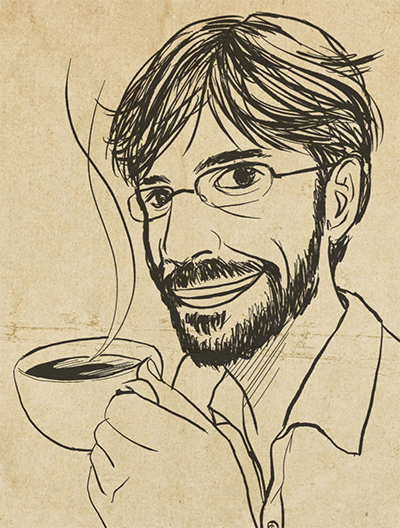Cited By
View all- Mitchell CWobbrock J(2024)Characterizing "Motor Ability" for Ability-Based DesignProceedings of the 26th International ACM SIGACCESS Conference on Computers and Accessibility10.1145/3663548.3675646(1-15)Online publication date: 27-Oct-2024
- Wang TMonacelli ERabreau OBoulesteix CVarillon SGastal ARiman CPeralta H(2023)How does the dedicated software PLEIA provide computer access assessment for people with physical disabilities?Universal Access in the Information Society10.1007/s10209-023-01005-x23:4(1779-1794)Online publication date: 17-Jun-2023
- Sarsenbayeva ZVan Berkel NVelloso EGoncalves JKostakos V(2022)Methodological Standards in Accessibility Research on Motor Impairments: A SurveyACM Computing Surveys10.1145/354350955:7(1-35)Online publication date: 15-Dec-2022
- Show More Cited By



